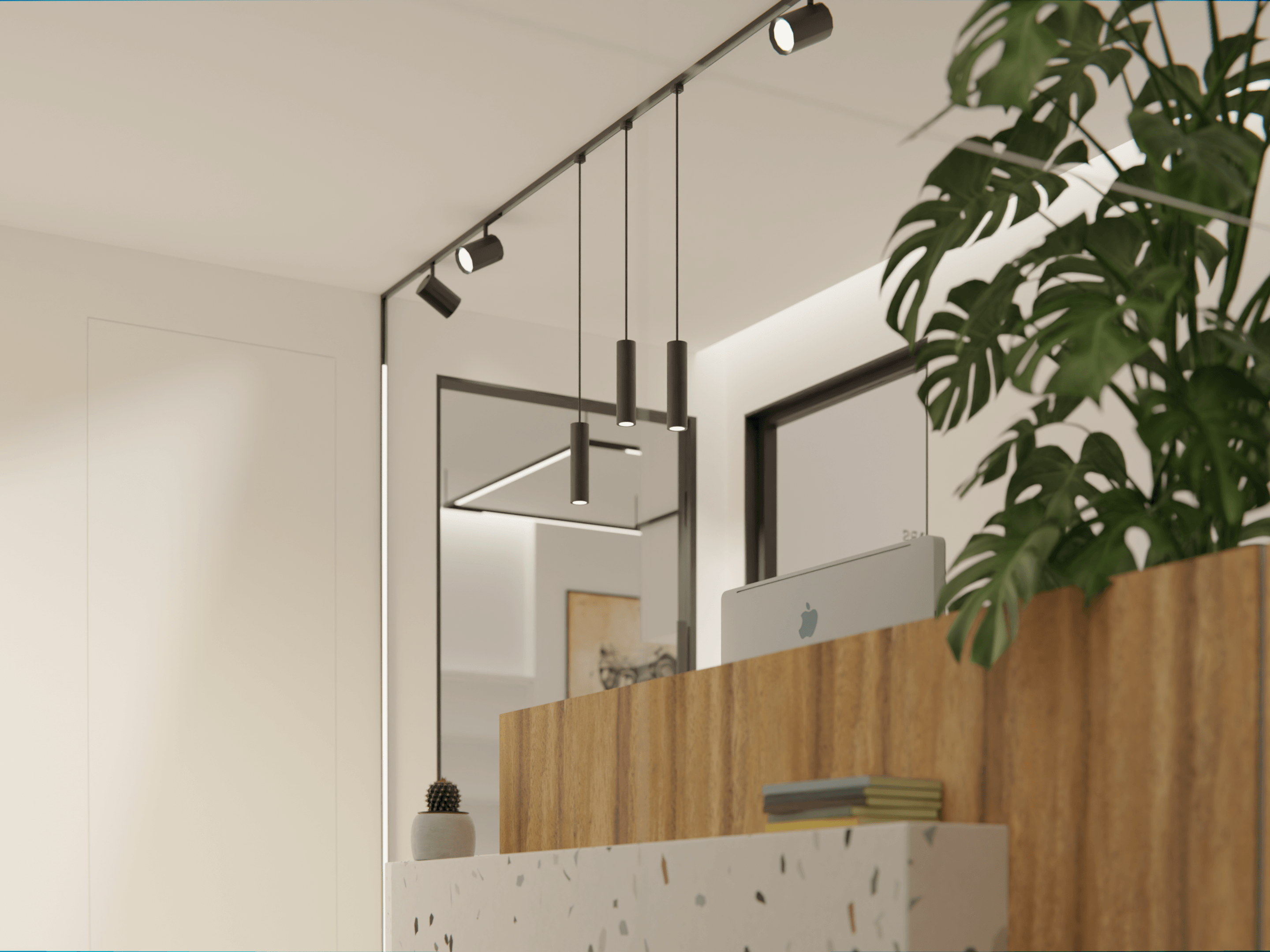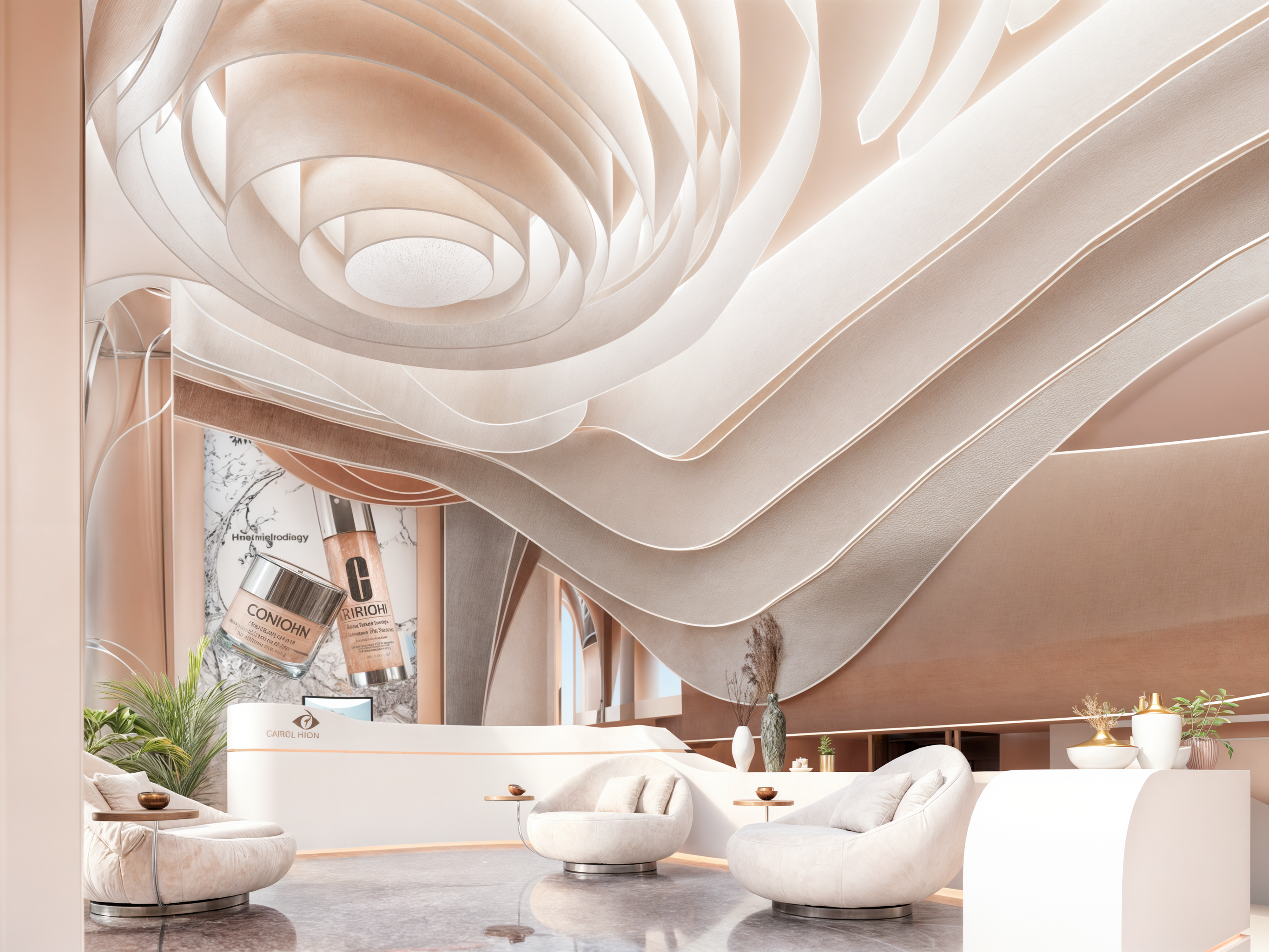A primary harvest, a series of miniatures, bio-industrial elements, augmented, modified and combined. Structural, spatial, programmatic, typological extractions. Addition, multiplication, subtraction, color coding and digitalization, generating spaces and shapes. These structures are injected into the forest as landscape emergencies conditioning interior spaces, controlling human access, creating surface routes, and erecting animal shelters in their walls. Bionic species... Upgrading the raw naturalness. A direct link between the underground layers of the forest and its living surface. Little by little, nature integrates them into its complex tissues, transforming them into shelters, nesting boxes, lodges and micro-ecosystems.
A technological biotope, paired with the forest’s ecosystem through programmatic fusions.
The development of the underground observatory combines the injection of these bionic structures and the topographic analysis with the aim of sculpting the mass - Reinterpreting rudimentary construction methods - Hanging on to the outskirts in search of light and sequenced landscapes intertwined with the interior museum path - Developing skylight systems to bring light into deeper spaces as well as hollow out interior gardens blurring the line between nature, the ground surface and its cavities. The visitor is drawn into the rocky mass to explore it in all its nooks and crannies. Man is thus reduced to the entomological scale.
“Urn” Epicenter of the Biological Memory, saving the Landscape’s Database, URN - the Digital Translator.
A technological biotope, paired with the forest’s ecosystem through programmatic fusions.
The development of the underground observatory combines the injection of these bionic structures and the topographic analysis with the aim of sculpting the mass - Reinterpreting rudimentary construction methods - Hanging on to the outskirts in search of light and sequenced landscapes intertwined with the interior museum path - Developing skylight systems to bring light into deeper spaces as well as hollow out interior gardens blurring the line between nature, the ground surface and its cavities. The visitor is drawn into the rocky mass to explore it in all its nooks and crannies. Man is thus reduced to the entomological scale.
“Urn” Epicenter of the Biological Memory, saving the Landscape’s Database, URN - the Digital Translator.











